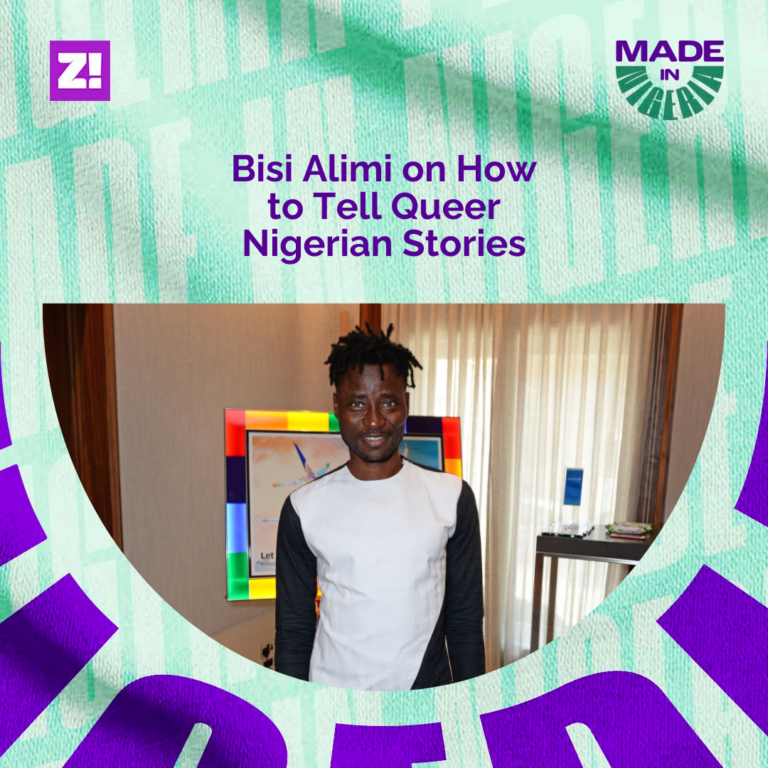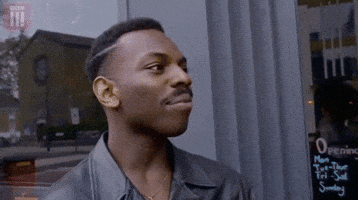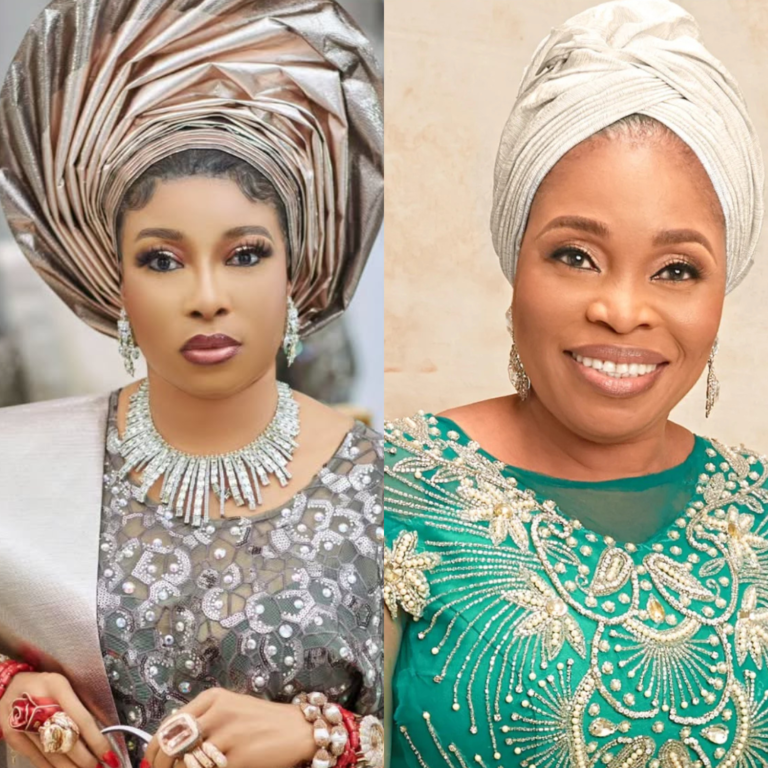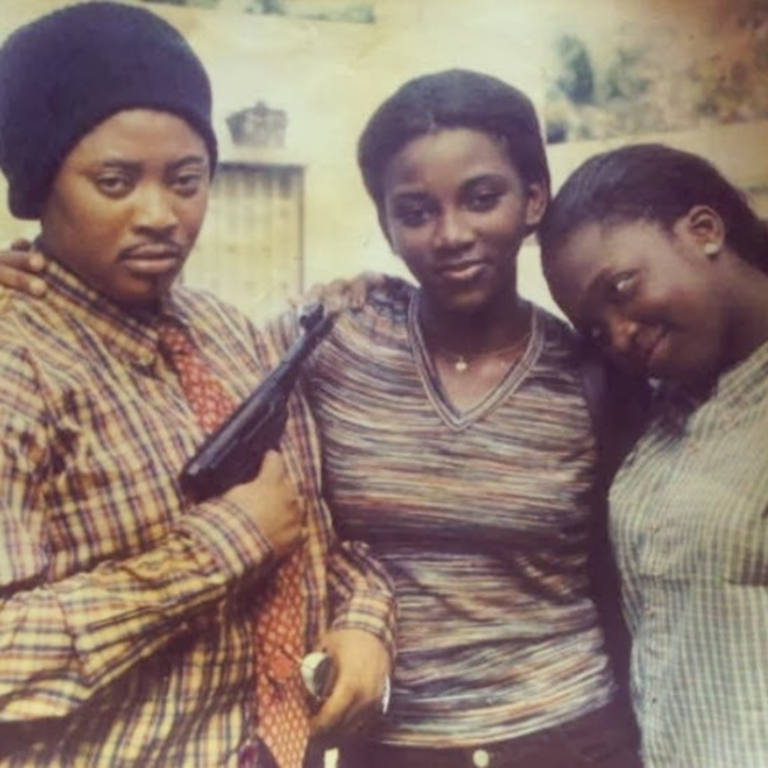After Péjú Oshin left the London Metropolitan University with a bachelor’s in Interior Design and Technology after first studying Architecture at the University of Kent, she tried working in interior design. She didn’t love it, so when an opportunity came to work at a specialist museum, she grabbed it with both hands.
Years later, she became an Associate Lecturer at Central Saint Martins, University of The Arts London and Assistant Curator at Tate within months of each other and later published her book, Between Words & Space. In 2022, she was named associate director at the Gagosian, one of the biggest art galleries in the world.
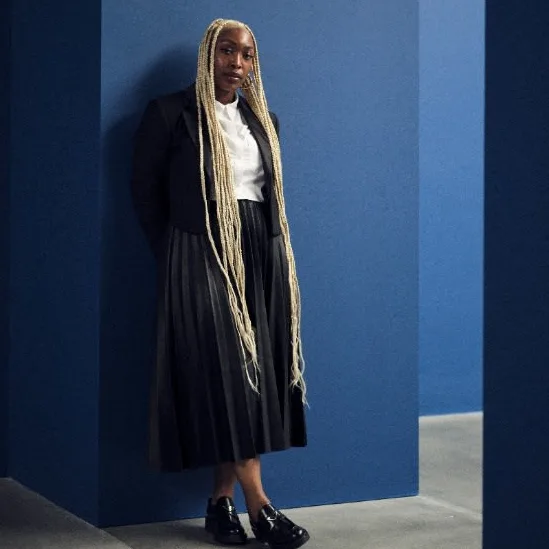
The seasoned curator behind the revolutionary exhibition Rites of Passage has become one of the most influential voices in contemporary art. She has worked with everyone from Tunji Adeniyi-Jones, Àsìkò, Victor Ehikhamenor, Yinka Shonibare to Nengi Omuku.
In this week’s Made in Nigeria, she opens up about why she has been a huge champion for the liminal theory, how she fell in love with art, and how the Nigerian art ecosystem can be better supported.
When did you first fall in love with art?
I attribute my love for art to our culture. I‘m in the diaspora, so I always pay homage to our culture. I think, for us, Nigerians, we are very vibrant, the music, the languages that we speak, even with things like weaving and fabric. It’s a huge part of our culture.
I also learned about art history in school. I watched my elder siblings studying for GCSE, and it was fascinating to see what they were doing and to see them engage with art.
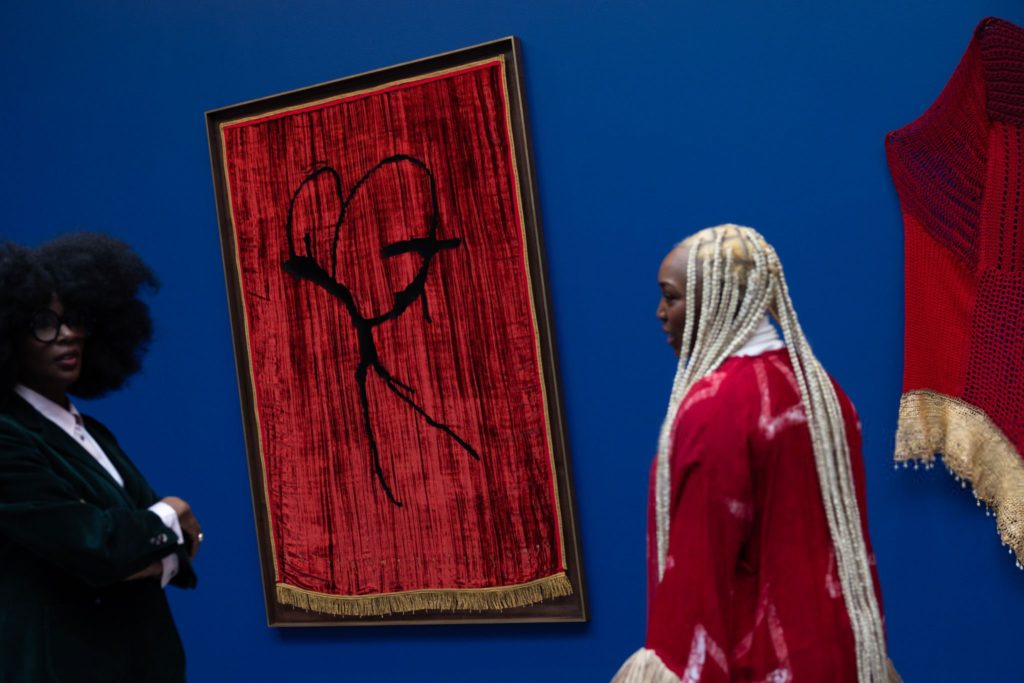
Why did you choose to become a curator?
I didn’t even know that it existed as a job. Growing up, art was always presented to me as the art and the artists, so there was never really a picture of the people working behind the scenes, supporting the artists and making the art visible to the public. But it was very much something that I loved and enjoyed. It was always a subject I took at school. But it was never really a focus.
But also, in thinking of visual arts, there weren’t really a lot of artists at the time who were making a living from art. You could think of a lot of musicians, actors, but not visual artists. So I didn’t think of it as a career option. It was in my early twenties that I became aware of the role of a curator and how they work alongside artists.
So how did you get your first job as a curator?
I studied Architecture & Design in university, and when I look back now, that has really contributed to what I do now in the way that architects put things together. I kind of think of architects as curators also. In recent years, I have also met a lot of architects, particularly in Nigeria who are now artists or curators. I think this is because there’s such a similarity between the disciplines in terms of taking lots of different types of information, streamlining it and turning it into an outcome that the public can access.
But after I graduated, I was hanging out with creatives; filmmakers, and musicians. I started to think more broadly about the language of a curator and how that can be applicable to me. I suppose I never really saw myself as an architect in totality. I saw myself as a student of architecture and playfully referred to myself as a failed architect. I’m someone who likes to take the principles and language of architecture and use them within the work I do now.
Is there a world in which an architect can be called a type of artist?
I think there is a world where those two figures could be the same person, and I see it so much now. Architecture is a discipline that allows art and curation because of its multidisciplinary nature. You absolutely have the ability to curate. In thinking about the artist and the curator, I think it’s about what you allow yourself to do. I think a lot of people place themselves in a category and are too afraid to venture out of that. I think it’s something that is possible and is happening.
So back to getting your first job…
When I left university, I worked for a small boutique interior design company. It was really great to be working in the industry, but very quickly, I realised I didn’t feel fulfilled in those roles. And so, in that growing feeling of not feeling engaged with the work, I ended up quitting. That was when I came across an opportunity at the London Transport Museum, which was my first point of contact working at a museum.
The only reason I was interested was that the project itself was exploring new architecture in London and looking at the cities infrastructure. They have a large-scale model of the city of London, and they wanted to include all of the architecture which had emerged in the last 10 years. I ended up spending the following year at the London Transport Museum. They were just starting a young freelancer program and wanted to get more young people in the sector.
In the early 2010’s, many people working in the sector skewed older because you needed to have a master’s or even a PhD to get even the entry-level roles. After the program, I did a lot of freelance work and teaching then got my first job at Tate [in London]. I was there for four and a half years before moving to the Gagosian.
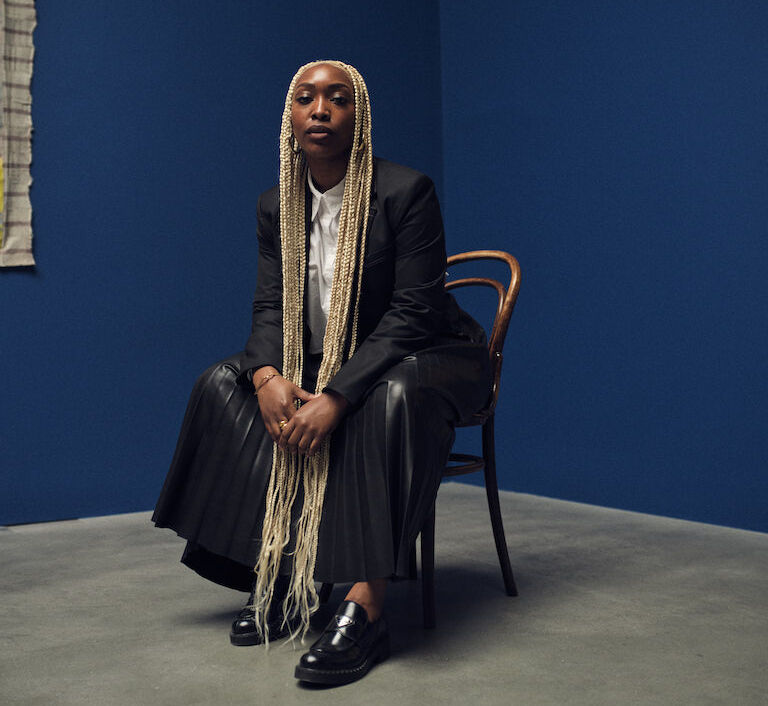
How would you describe a curator?
I always like to go back to the Latin origin of the word, which means “to care for.” In all my thinking about how I have seen the role of a curator, I think of them caring for objects or artists.
I also see a curator as a facilitator, either taking the object or the artwork and helping to facilitate an understanding for either a small or broad audience. A curator is supposed to care for and support the people and objects and also share that message with a broad audience.
How did you conceive of one of your most famous exhibitions, Rites of Passage?
It was something that I thought about and proposed. A lot of the themes within the show I’d been thinking about for several years within my work because a lot of my work is thinking about the diaspora, this idea of liminal spaces. It felt like a great opportunity to have that conversation with a broad range of artists. It’s a quite pertinent subject because there have been a few exhibitions which have been dealing with the same theme. But it was a great way to add to that conversation and expand it. A lot of these things are threads of thought that come up for me. It’s thinking about what feels right to continue on the thread, which then becomes a show.
Why is broadening narratives important to you?
It’s really important to me to do that work with what is happening at home. Increasingly there are lots of interesting stats on the growing economic power of the African continent. Age-wise the African continent skews younger so the working force becomes bigger. I suppose people should be paying more attention to that. But even without that stat, I will still want to be in dialogue with Nigerian and African artists because so many of the things they are exploring feel so close to me.
The purpose of art is storytelling, either looking at the past, present or future. People will say if you go somewhere and you don’t find Nigerians, that place is uninhabitable, and I love that in thinking about Nigeria’s growing global influence. How Asake, Tiwa Savage have reached global awareness and how artists from other disciplines now have this attention, too. Other kinds of artists can also have this visibility, and for me working in this space and knowing that, it’s important to tell those stories. But I also really like the work as well.
What does liminal space mean to you?
I suppose I talk a lot about liminal spaces because I’m in the diaspora. For a lot of us, it is that balancing act of juggling two cultures, what your heritage is and the immediate environment you are in. From a socio-cultural perspective, it’s how new strands of our identity are formed, because we’re in a completely different environment. But also this idea of liminality speaks to being in a constant state of transition or movement. It’s part of my lived experience.
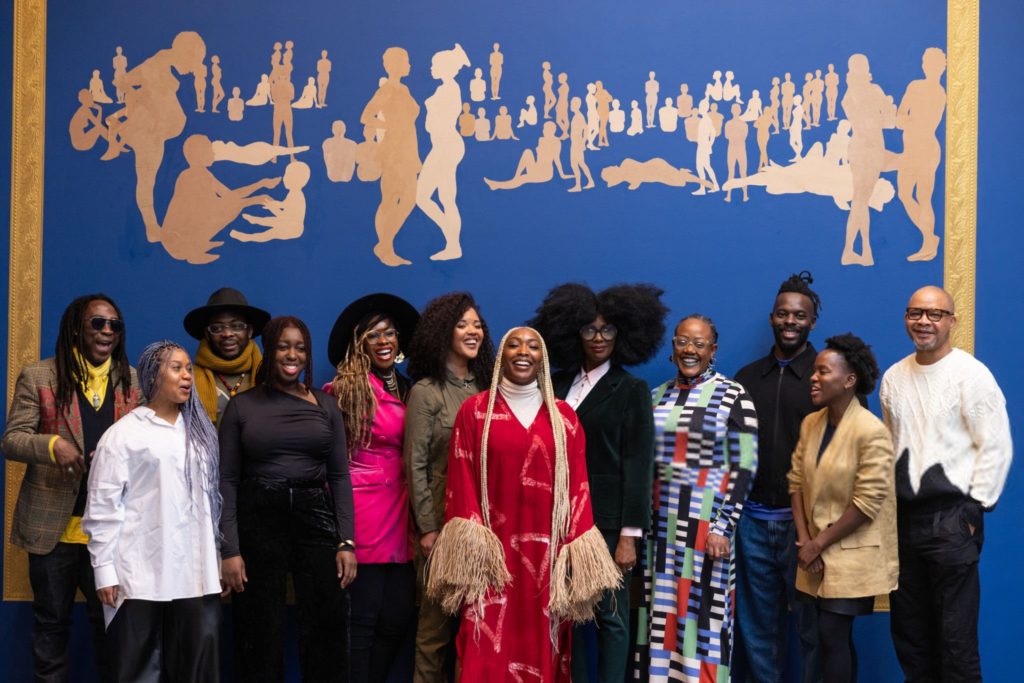
Some works from Nigerian artists and other Africans have been accused of promoting colonial stereotypes of Africans. How are you thinking of the debate?
Every artist wants to talk about the things that they want to talk about. They have a particular conversation that they want to have, and not everyone who engages with the work will agree with that. But that can be powerful because it provides an opportunity for a lot of people to come together and ask what is wrong.
Sometimes, we don’t get to have a conversation about the depth of why we disagree or agree with something. But art is subjective, and that is something to take into consideration when determining the gaze of a particular work. It can be tricky.
Still, on the colonial gaze, part of the debate also is that some of the Nigerian artists that have emerged on the global stage are part of a phase that will pipe down. What do you think of that?
Artists have been working hard in Nigeria. I am confident that many are going to continue to make the work that they make. I think it’s really important for Nigerian and African artists to be a part of a global conversation. That is the beauty of art that they can travel to other cultures, and there’s a thing of resonance in the work and the viewer, for any artist, that’s ultimately what they want. Of course, there are some artist who that is not their preference. As a curator, who am I to say what an artist should do or not do? I’m always there as a sounding board to have conversations on what the possibility of their work might be.
The return of the Benin bronzes has also been a huge debate. Do you see efforts to get them returned going anywhere regarding where the bronzes will be housed?
It’s a debate a lot of countries are having. I suppose there are a lot of efforts going on. I was in Lagos in February for the biennale and it was really great to go to the National Museum and the John Randle Centre for Yoruba Culture & History and see the objects that are there. The Museum of West African Art (MOWAA), which is opening next month in Benin, will be a really great facility. The point of this is to think about how to support our legacy best to help people understand the wonderful breath of our history.
As associate director at the Gagosian, what is your day-to-day like?
It varies. For me, it’s researching artists and new ideas, conversing with artists themselves, and doing studio visits. I’m also in conversation with other curators and thinking of how we can collaborate on exhibitions and other programmes.
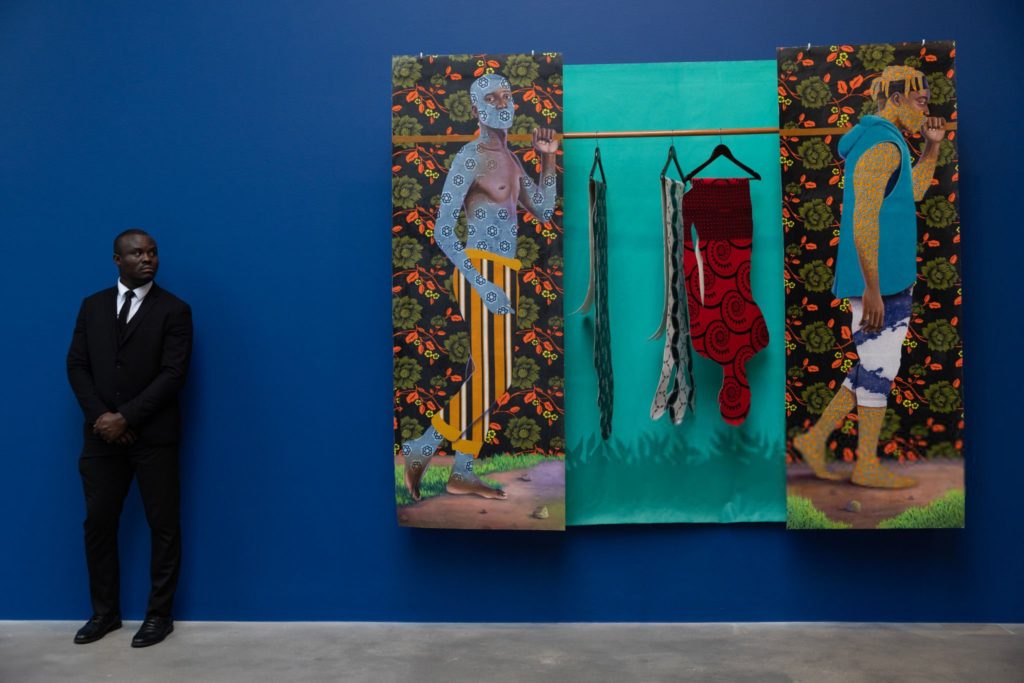
At studio visits, what are you typically looking for?
I’m looking for there to be a point of resonance. There are a lot of curators, and we’re all doing this work for a reason. For me, anything that causes me to ask more questions is interesting. I’m looking for something to pique my curiosity and make me ask questions because if I have questions other people will have questions. That is the point of art.
What excites you the most about being a curator?
Artist. Without the artists, I wouldn’t be doing the work. But closely behind them, I’m excited about audiences, sharing the work with a broad audience.
What advice do you have for a younger person who wants to become a curator?
Stay curious, stay asking questions. Asking questions is where some of the most beautiful conversations start. Also, think about what type of curator you want to be. What are the stories you want to talk about and that you deem essential and study that. Become a student of what you want to support.
What is the next phase for you?
I’m always working. In terms of what’s next, it’s really thinking about how more ideas can be shared with the world. It’s a really important part of what I do. Also, the work I do as a Member Board of Trustees for Iniva (Institute of International Visual Arts) is very close to my heart. I’m focused on how that work can be supported because Iniva supports black artists. Iniva is turning 30 so I really love that and that space because I’ve learnt so much from it.
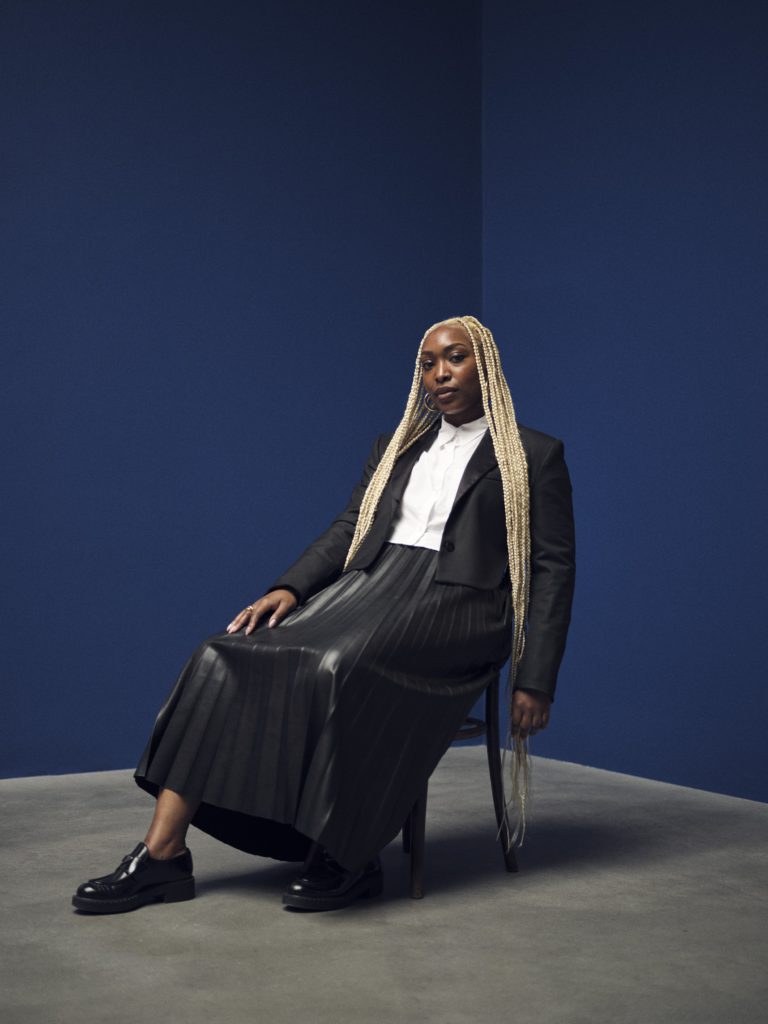
What will you say the Nigerian art ecosystem needs?
It is a bit tricky to say, but there are really wonderful people in the space who are doing wonderful work. It needs more support. A number of people are actively trying to support young artists: Yinka Shonibare, the legacy of Bisi SIlva through CCA Lagos and Àsìkò being stewarded by Oyindamola Fakeye, Victor Ehikamenor, Tokini Peterside-Schwebig through ART X, and Kayode Adegbola and many more collectors. But for the volume of people who are in Nigeria, we need more.

